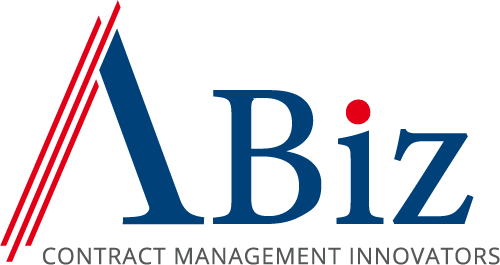Why should you critically examine the arguments for investing in a contract management system? It’s crucial to address this question, as the landscape is often dominated by consultants and system vendors who advocate passionately for the acquisition of such systems. They frequently present these systems as panaceas for all contract management problems—and yes, I deliberately choose ‘problems’ over the more euphemistic ‘challenges’ often favored in consultancy speak. Drawing from my direct experience in the field, I assert that this is a misrepresentation. My objective here is neither to persuade you to adopt a Contract Lifecycle Management System (CLMS) nor to dissuade you from it. Instead, my aim is to facilitate a well-rounded decision-making process. In this spirit, I present to you my seven insights on why a CLMS may not be the silver bullet for your contract management issues.
- We have no contract management processes.
Consider this, a 2021 survey by Ernest & Young and Harvard Law School Center reported 49% of participants said they lacked a defined process for storing contracts after execution, and almost 78% said they don’t systematically monitor contractual obligations. Process deficiencies like these can range from having no actual processes, having theoretical processes which don’t work when put into practice, to having inefficient and inadequate processes. Once identified, the appropriate system should be selected and employed not just as a tool, but as a catalyst for optimizing and refining these processes.
- We are short-staffed.
It is a mistake to think selecting a CLMS system will reduce the number of staff needed to manage contracts. In our experience, CLMS implementations do not significantly impact personnel headcount. We have seen functions eliminated in lieu of establishing new functions and roles shifting, depending on the system implemented. What the system does reduce or eliminate, if implemented properly, is many of the manual processes and data gathering functions. This allows personnel to shift to more strategic, value-added roles like contract creation, negotiation, management, and system administration. More efficient operating models can also be established which together may bring down the overall cost of the contracting function.
- We can’t find our contracts.
A CLMS will not help you in this situation since it needs contracts to operate. Locating and centralizing your contracts is an essential step regardless of the CLMS you adopt. There are contract discovery and migration tools out there to help you move, extract, and organize your documents located on a server or in the cloud. But you will need to have a general idea of where your contracts are located.
- Client satisfaction issues.
Depending on the cause of client satisfaction issues, a CLMS may provide visibility into some of the common reasons for dissatisfaction. Take the example of not delivering to the scope of a project. A system may provide visibility into the scope and deliverables, but performance of those activities will still be controlled by a person, not the CLMS .
- Supplier performance issues.
Similarly, if your supplier is not performing in accordance with the contract, a CLMS may provide visibility into where the disconnects are happening between the contract and performance (through perhaps a contracted vs. performed analysis) and will shed light on the predicament. The system will not, however, solve the problem between you and your supplier. Direct and immediate discussions along with a clear remediation plan will have to take place to fully resolve the issues to mutual satisfaction.
- Too many internal approvals delaying contract execution.
Many CLMS suppliers proudly tout their system benefits in “time to contract.” While it is possible for a system to reduce time to contract if done properly and with streamlined processes in place, the system alone will not solve this problem. If the process is broken, the best a CLMS can do is automate a broken process. An analysis of your approval process is required to identify bottlenecks or unnecessary approvals. Determine if low risk or standard contracts can reduce the number of approvers.
- Not getting meaningful data from system reports.
The good news is that a CLMS can provide an enormous amount of information and statistics to the various teams concerned with contract performance. However, it does need valid and current information. If your system contains erroneous or outdated information, or missing data, the resulting reports and statistics will inevitably reflect these inaccuracies, becoming outdated or incomplete. The key to success when implementing a CLMS is to do some pre-planning and analysis, perhaps with the assistance of a practitioner/consultant knowledgeable in CLMS implementations, before selecting your CLMS. Go into the project with realistic motives and expectations.
We can help you with this and invite you to take advantage of our complimentary assessment. Our experienced team has a deep knowledge of all aspects of the contract lifecycle and will help ensure you start out on the right path and stay on it.
Nancy Nelson, President and Senior Consultant



